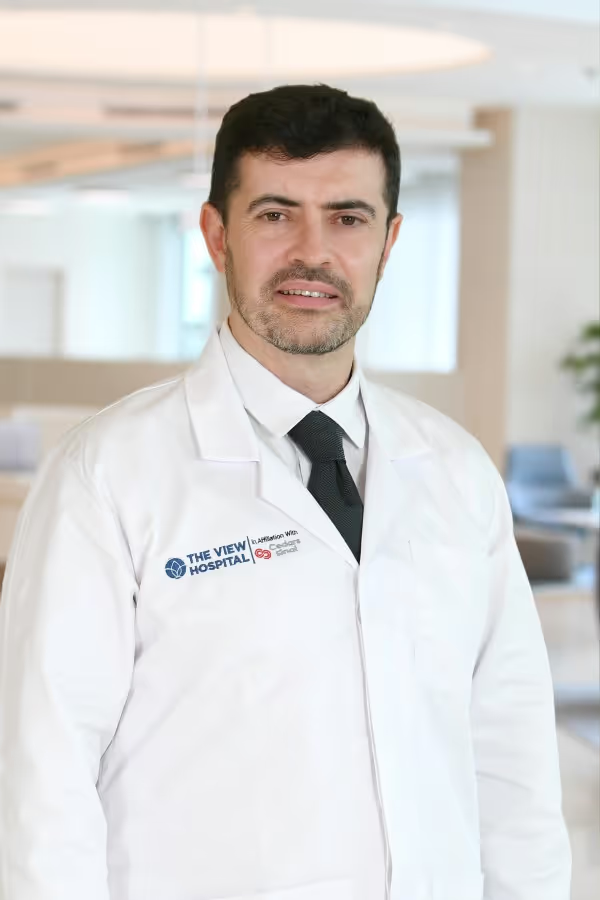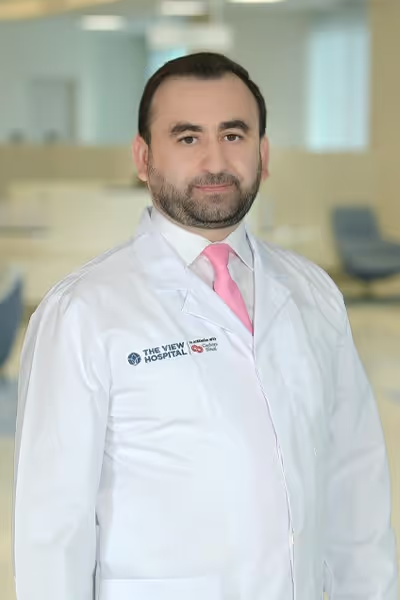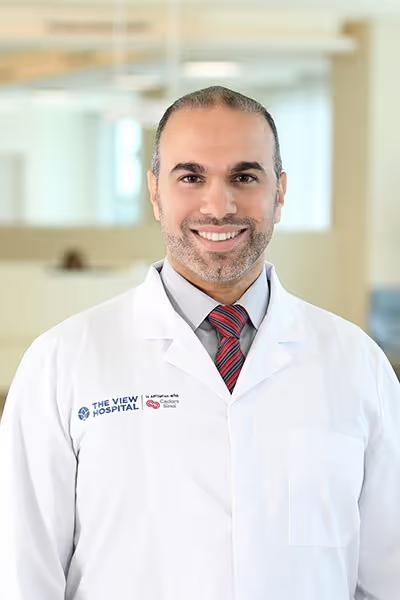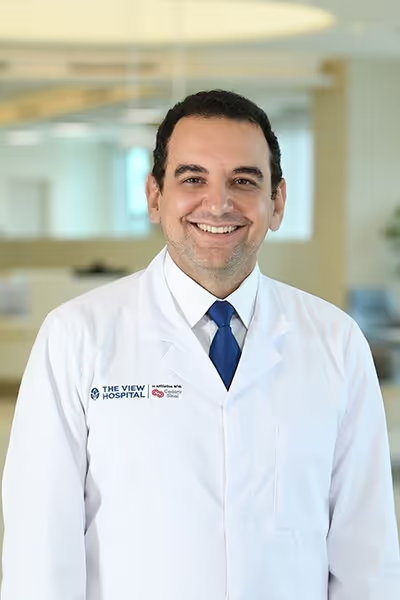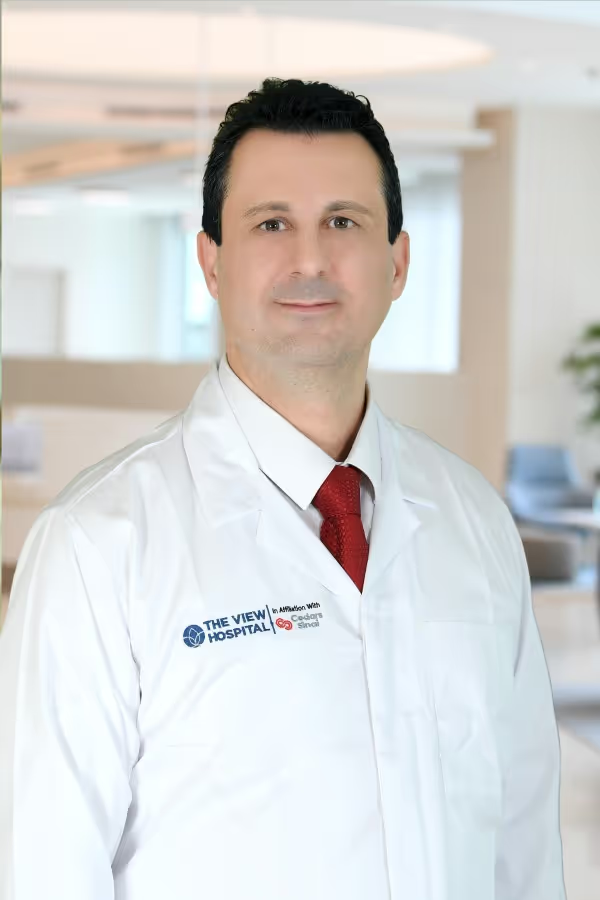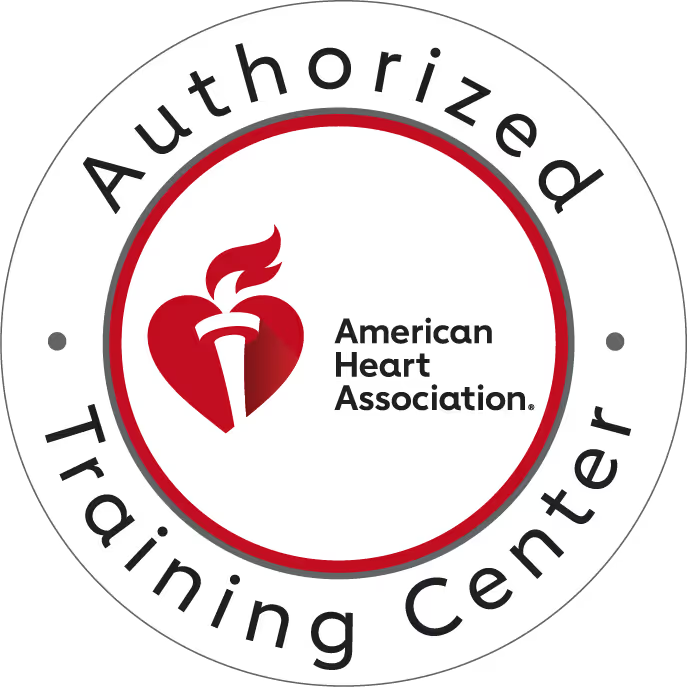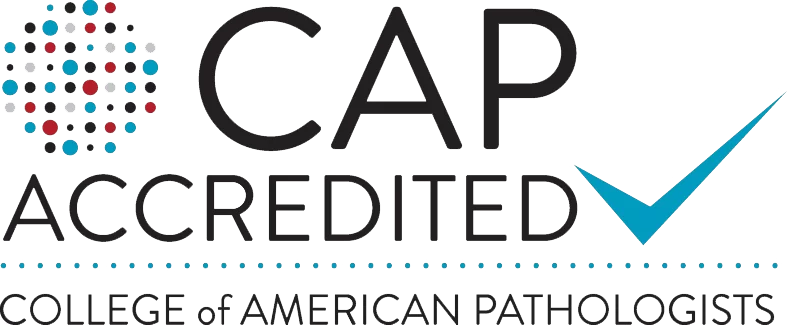
Physical Therapy: A Key Step in Recovery
Physical therapy is a vital component of the recovery process for individuals recovering from injury, surgery, or chronic conditions. It helps restore movement, reduce pain, and prevent future injuries. Whether you're recovering from a sports injury, managing chronic pain, or recovering from surgery, physical therapy plays a crucial role in improving quality of life and enhancing physical function.
What is Physical Therapy?
Physical therapy (PT) involves the use of exercises, manual techniques, and various modalities to help patients recover from injuries, surgeries, and other health conditions. The main goal of PT is to restore function, reduce pain, and improve mobility. Physical therapists are highly trained healthcare professionals who work closely with patients to develop personalized treatment plans tailored to their specific needs and goals.
The Importance of Physical Therapy in Recovery
- Pain Management
One of the primary goals of physical therapy is to alleviate pain. Whether you're dealing with acute pain after an injury or chronic pain from conditions like arthritis, physical therapy provides effective, non-invasive methods to manage and reduce discomfort. Techniques such as manual therapy, ultrasound, and cold or heat therapy can help relieve pain and inflammation. - Restoration of Movement and Strength
After surgery or injury, the body may experience a loss of strength and range of motion. Physical therapy helps patients regain strength and improve their flexibility through specific exercises designed to target weakened muscles and stiff joints. By rebuilding muscle strength and improving mobility, physical therapy enables individuals to return to their regular activities more efficiently and safely. - Prevention of Future Injuries
One of the most valuable aspects of physical therapy is injury prevention. Therapists work with patients to identify areas of weakness or imbalances that could lead to future injuries. They teach patients proper movement mechanics and provide exercises to address these issues, reducing the risk of re-injury. - Faster Recovery Time
Engaging in physical therapy after an injury or surgery can significantly speed up recovery. By following a personalized PT plan, patients can recover more quickly and return to daily activities. Moreover, physical therapy minimizes the risk of complications, such as muscle atrophy, joint stiffness, and weakness, which can extend the recovery period.
Common Conditions Treated with Physical Therapy
- Sports Injuries
Athletes frequently benefit from physical therapy due to sprains, strains, and fractures. PT helps with rehabilitation by addressing specific movements that athletes rely on in their respective sports. - Post-Surgical Recovery
After surgeries such as knee replacements, hip replacements, or back surgery, physical therapy is essential for regaining function and mobility. It helps patients regain independence and reduces the need for pain medications. - Chronic Conditions
Conditions like arthritis, back pain, or fibromyalgia can significantly impact daily life. Physical therapy can help individuals manage symptoms, reduce pain, and improve their quality of life. - Neurological Conditions
Individuals with neurological conditions such as stroke, multiple sclerosis, or Parkinson’s disease can benefit from physical therapy to improve balance, coordination, and mobility.
The Process of Physical Therapy
- Initial Evaluation
The first step in physical therapy is an evaluation by a licensed physical therapist. During this evaluation, the therapist assesses the patient’s medical history, conducts physical tests, and identifies goals for treatment. This allows them to create a customized treatment plan. - Personalized Treatment Plan
Based on the evaluation, the therapist designs a tailored plan to address the patient’s specific needs. This plan may include strengthening exercises, stretching routines, manual therapy, or the use of specialized equipment. - Regular Sessions
Physical therapy often requires consistent sessions, ranging from once a week to several times a week, depending on the condition and the patient’s progress. During these sessions, therapists guide patients through exercises, monitor their progress, and make adjustments as needed. - Home Exercises and Lifestyle Changes
In addition to in-clinic treatments, physical therapists often provide patients with exercises to perform at home. These exercises are crucial for maintaining progress and improving long-term outcomes. Patients may also receive advice on posture, body mechanics, and lifestyle changes to prevent future issues.
The Benefits of Physical Therapy
- Non-invasive Treatment
Unlike surgery or medication, physical therapy is a non-invasive approach that focuses on the body’s natural healing processes. - Personalized Care
Each treatment plan is designed specifically for the individual, ensuring that the therapy is appropriate for their needs, goals, and limitations. - Cost-Effective
While physical therapy may require a financial investment, it can often reduce the need for expensive surgeries or long-term medication use. By promoting faster recovery and preventing further complications, PT can save patients money in the long run. - Improved Overall Health
Physical therapy promotes overall health and well-being by improving physical fitness, strength, flexibility, and mobility. Regular physical activity, encouraged by physical therapists, can have wide-ranging benefits for cardiovascular health, mental health, and energy levels.
Conclusion
Physical therapy is an essential tool in recovery from injury, surgery, and chronic conditions. Through targeted exercises, manual techniques, and education, physical therapists help patients restore function, alleviate pain, and prevent future injuries. Whether you're recovering from an accident or seeking relief from a long-term condition, physical therapy offers significant benefits that can improve your quality of life.
Related Articles





